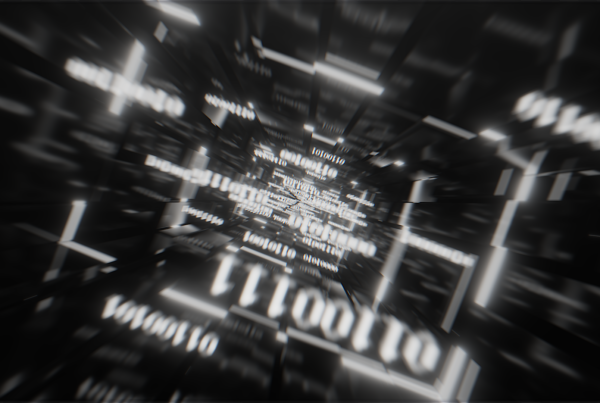In today’s dynamic marketplace, businesses are constantly seeking innovative ways to engage their customers and stand out from the competition.
With the rise of e-commerce and online shopping, traditional product catalogues have evolved into digital platforms that require captivating visuals and personalized experiences. This is where the transformative capabilities of 3D animation and rendering step in. In this article, we will explore how these technologies can help businesses create customizable catalogues of products, elevating their marketing strategies to new heights.
-
Visual Immersion: Captivating the Customer’s Attention
In the digital age, attention spans are decreasing, making it crucial for businesses to capture their customers’ attention quickly and effectively. 3D animation and rendering offer a visually immersive experience that can elevate product catalogues to a whole new level. By leveraging photorealistic rendering techniques, businesses can create stunning visual representations of their products that allow customers to interact and explore them from various angles.
With 3D animation, businesses can showcase their products’ features and functionalities in a dynamic and engaging manner. For instance, a furniture manufacturer can demonstrate how a modular sofa can be rearranged to fit different living spaces, providing customers with a clear understanding of its versatility.
-
Customization: Empowering the Consumer
In today’s consumer-driven market, personalization is key. Customers want to feel connected to the products they purchase, and providing them with customizable options can significantly enhance their experience. 3D animation and rendering enable businesses to showcase their products in different configurations, colors, and styles, empowering customers to tailor their choices to their unique preferences.
By integrating interactive elements into their digital catalogues, businesses can allow customers to experiment with different customizations in real-time. For example, an automotive company can create an interactive 3D model that enables customers to customize the exterior color, wheel design, and interior features of a car. This level of personalization not only enhances customer satisfaction but also increases the likelihood of conversion and brand loyalty.
-
Cost and Time Efficiency: Streamlining the Production Process
Traditionally, creating physical prototypes for product catalogues could be time-consuming and costly. However, with 3D animation and rendering, businesses can streamline their production processes, saving both time and resources. By digitally creating and rendering product models, businesses can quickly iterate and make adjustments without the need for physical samples.
Moreover, 3D animation allows businesses to showcase an entire product range without the need for separate photo shoots for each variation. By manipulating digital models, businesses can create an extensive product catalogue with minimal effort, reducing production costs and time-to-market.
-
Marketing Versatility: Multi-Channel Engagement
In the era of omnichannel marketing, businesses must cater to consumers’ preferences across various platforms. 3D animation and rendering provide versatility by allowing businesses to showcase their products across multiple channels, such as websites, social media, and mobile applications.
By integrating 3D animations into their catalogues, businesses can create engaging videos and interactive experiences that can be easily shared and distributed. This enables customers to interact with products virtually, regardless of their location or device. Furthermore, 3D animations can be repurposed for marketing campaigns, trade shows, and presentations, maximizing their reach and impact.
-
Analytics and Insights: Data-Driven Decision Making
Digital catalogues powered by 3D animation and rendering provide businesses with valuable data and insights into customer behavior. By analyzing customer interactions with the catalogue, businesses can gain a deeper understanding of their preferences and make data-driven decisions to improve their products and marketing strategies.
Through analytics, businesses can track metrics such as customer engagement, conversion rates, and popular customizations. This information can help identify trends, optimize marketing efforts, and even influence future product development.
As businesses strive to deliver exceptional customer experiences and stay ahead in today’s competitive landscape, harnessing the power of 3D animation and rendering in creating customizable product catalogues becomes essential. By immersing customers with captivating visuals, empowering them with customization options, streamlining production processes, enabling multi-channel engagement, and leveraging analytics, businesses can unlock new levels of engagement, conversion, and customer satisfaction. Embracing 3D animation and rendering is an investment that can truly transform a business’s marketing approach and enhance its potential for success.



